Plants are a great way to brighten up the interior of your home. They can also help to improve the air quality by acting as purifiers and filtering out harmful toxins. If you’re ready to take the next step beyond placing potted plants on your windowsill, an indoor vertical garden might be just what you’re looking for. These can also be a great way to add to the spatial design of your home – if you have a large open space that needs to be divided without feeling closed off, a vertical garden would solve this problem in style.
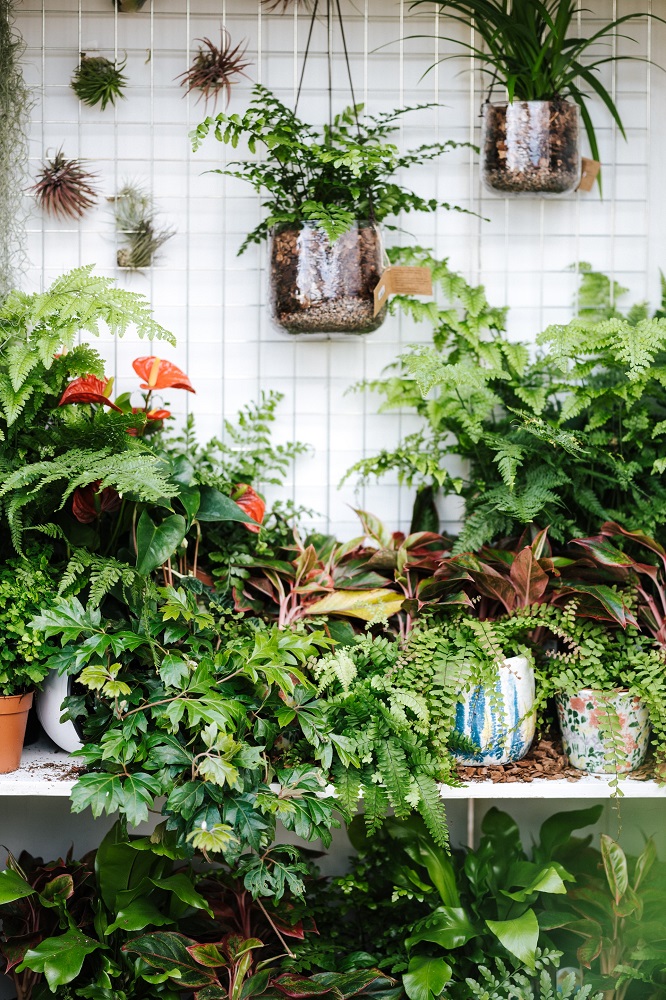
Before committing to any DIY improvement projects on your home, you should double check that your insurance cover is up to date, just in case anything goes wrong. This is particularly important if you plan to build shelving units or install anything that could cause water damage.
What type of plants should I use?
When it comes to plants that can thrive indoors, there are a few different options. You should definitely consider the kind of plants you want, but you should also consider how much direct light your plants will receive, how much space you have and how often you’ll be able to water them. These factors will influence how well your plants grow.
Houseplants
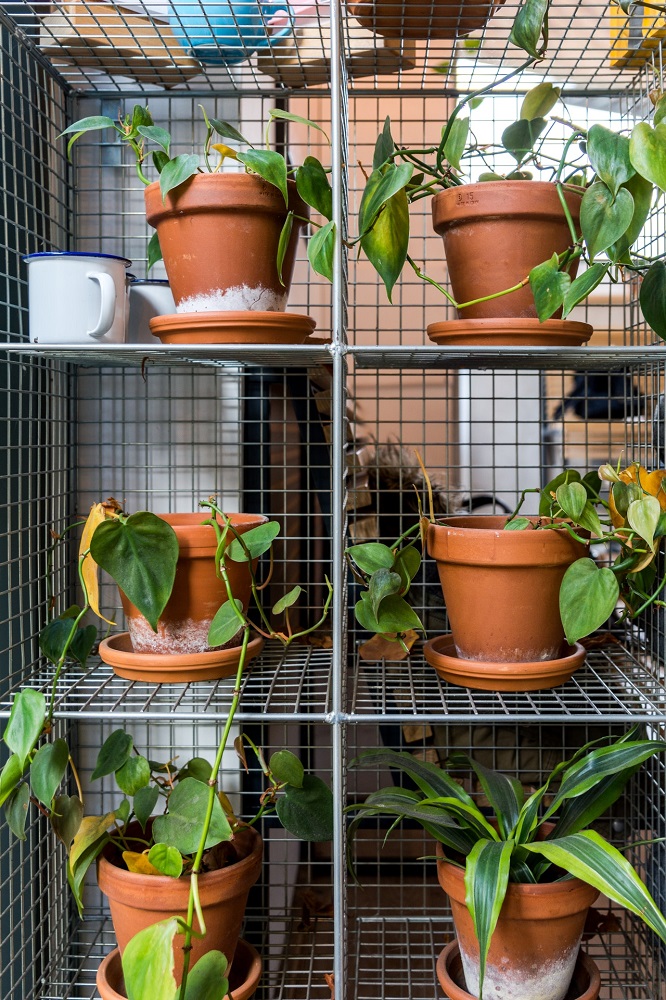
Pothos
Pothos plants are a perfect indoor plant because they can thrive in a number of low maintenance conditions. They can grow under bright indirect light or low light and are also happy with anything from dry soil to a full vase of water. The only thing these plants cannot tolerate is a lot of direct sunlight, so they’re ideal if you have a spot in mind in your house that doesn’t get much sun.
Spider plant
These plants also do not require direct sunlight. They can be left in areas with low light and only need to be watered regularly to grow.
English Ivy
Ivies are also ideal for an area that falls under shade. They grow very slowly, so don’t be disheartened – just make sure their soil has enough nutrients and they will grow beautifully.
Begonia
These plants grow well under bright indirect sunlight or alternatively under grow lights. Grow lights can be used for most of the plants in this list if you want to start gardening in a particularly dark corner of your house, but for a typical houseplant a little bit of sunlight each day is enough. The worst thing you can do to a Begonia plant is over water it – they will rot.
Herbs
Herbs are a great plant to grow indoors, because you can plant them in your kitchen to provide both a convenient and inexpensive source of ingredients and a welcoming aroma. Herbs like coriander, thyme, mint and chives are great to start with because they’re unlikely to get too big, while rosemary, oregano, lemongrass and sage may benefit more from being planted outside in a garden. Herbs grow best under direct sunlight, and will need to be turned occasionally to ensure even growth. Plant your herbs in a nutrient-fuelled potting mix and water occasionally.
Succulents
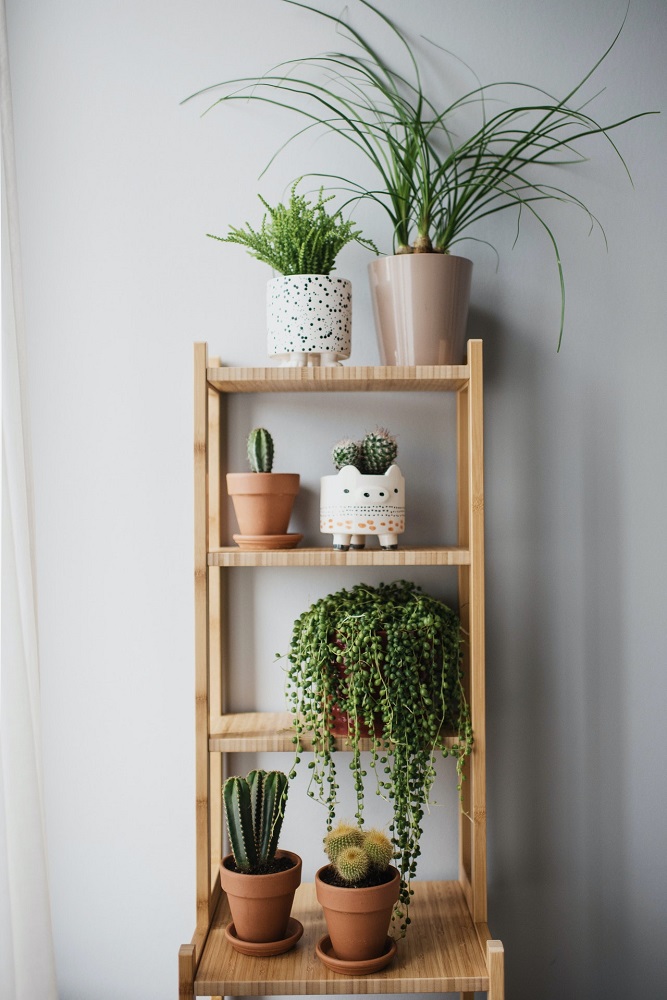
A number of varieties of succulents are great to grow indoors because they are drought tolerant and will not die if you forget to water them. They do need lots of direct sunlight, but it will become obvious if they’re not getting enough sun because they will start to look stretched. Some of the varieties of succulent plants that are best to grow indoors include Kalanchoe and Mother-in-law’s tongue.
How should I set it up?
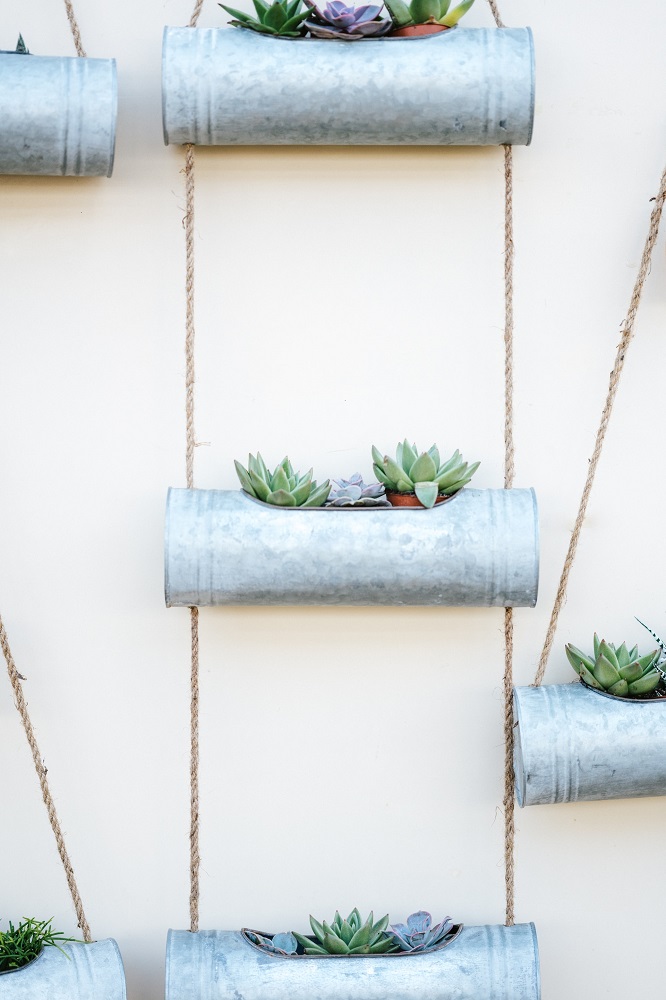
Shelving
One of the best ways to create a vertical indoor garden is to set up a shelving unit and place the pots along there. You can do this by buying an entire unit and securing or mounting it to the wall, or designing your own display by purchasing individual shelves and fixing them to the wall wherever you please. An alternative option is to purchase clothing rails, fix them to the walls and then clip or hang the plants from there – you could even use utensil holders or recycled bottles.
Hanging pots
If you really want to make your space feel like a tropical greenhouse, hanging pot plants are a great solution. You can fix them to the walls using hooks, or hang them directly from the ceiling. You can purchase anything from metal hanging plant holders to crochet and macrame hanging plant holders, depending on your preference.
Stackable planter
Stackable planters are great for a beginner, because they allow you to grow multiple types of plants with different soil needs on the same structure, and the design itself requires minimal setup. You can also buy self watering planters, so you don’t have to worry about forgetting to water them. Another great benefit of the stackable planter is that it leaves space for vining plants to grow without getting in the way, so it would be perfect for an English Ivy.
Wall displays
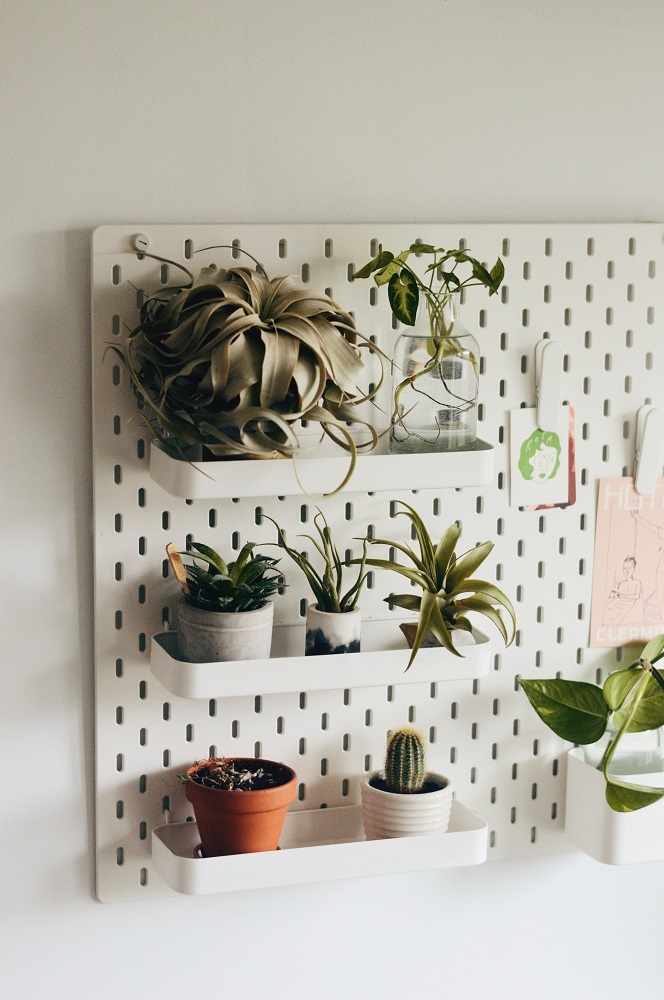
There are a number of other decorative ways to curate and display your vertical plant garden – like using a pegboard and hanging plants from pegs or hooks or purchasing a wire frame and hanging it from the ceiling to be used as a room divider. You can also purchase pre-made framed planters so that you can display your live plants on the wall as if they were paintings.
© Copyright 2021 Antonia, All rights Reserved. Written For: Tidylife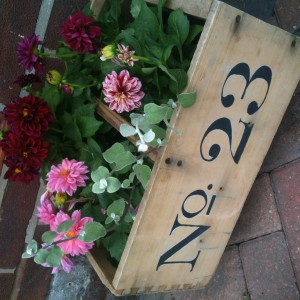
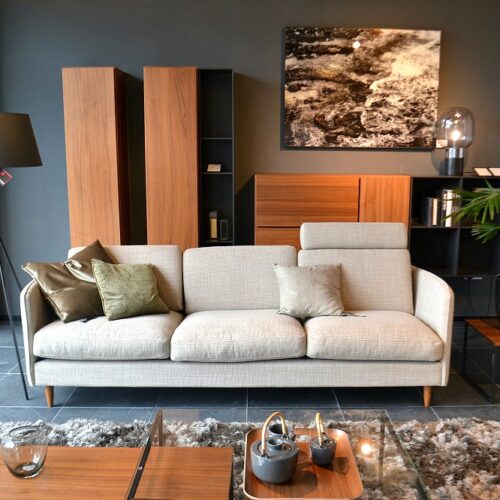
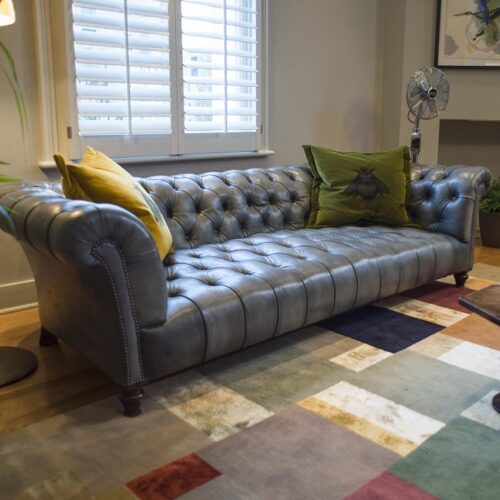
Leave a Reply